There is more of Sweden in Germany than you might realise. In fact, Germany has many places and traditions with Swedish connections. Many traces have a historical connection, such as the 30-year war or Sweden's time as a major power in the Baltic Sea region. For example, did you know that Wismar celebrates 'Schwedenfest' every year or that Sweden's first university is located in Greifswald?
Innehållsförteckning
Sweden in Germany - 12 places you don't want to miss
While travelling along the German Baltic Sea coast this summer, we came across one Swedish story after another. For example, we visited the restaurant 'Alter Schwede' in Wismar, checked out Sweden's first university in Greifswald and were guided around the once Swedish Hanseatic city of Stralsund. Are you curious to discover traces of Sweden in Germany? Today we're sharing 12 very Swedish experiences in our neighbouring country.
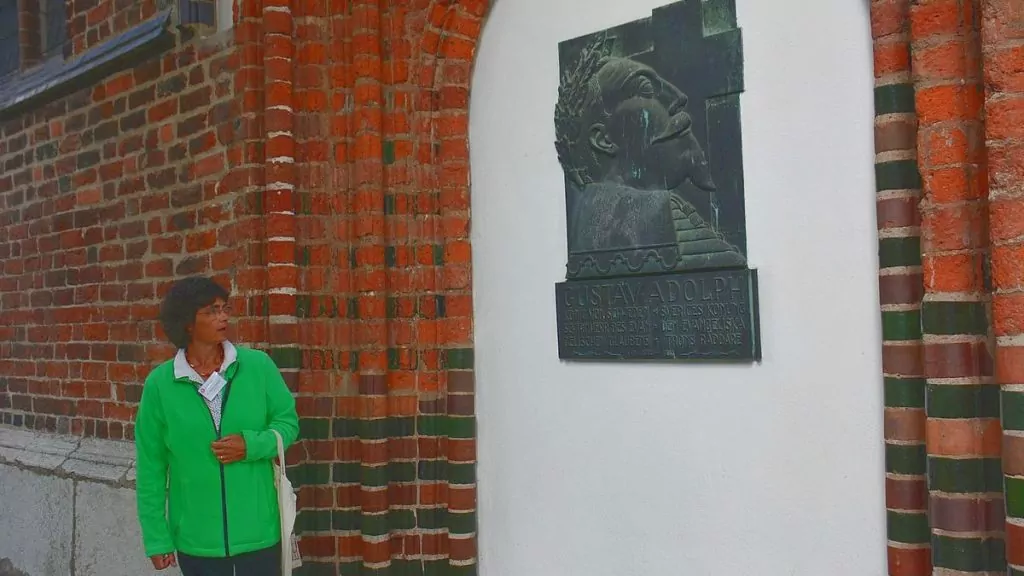
1. the Swedish holes 'Schwedenlöcher Elbsandsteingebirge'.
In the Elbsandsteingebirge mountain range on the river Elbe, between the Dresden In this dramatic ravine, local farmers hid their property from the Swedes during the 30-year war.
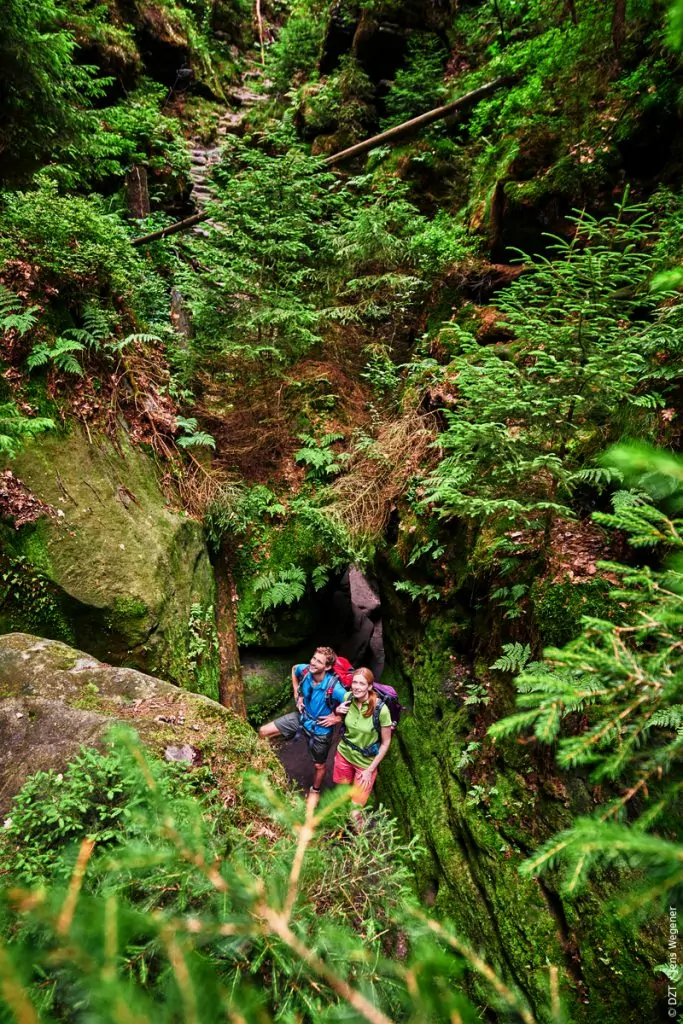
Moreover, it seems that the Swedes have been causing trouble in the area even later. Not far from Schwedenlöcher and the famous Basteibro viewpoint, there is an inscription in Old German carved into the soft sandstone: "1705 kam der Schwede und kostete uns viel Geld" ("In 1705 the Swede came and cost us a lot of money").
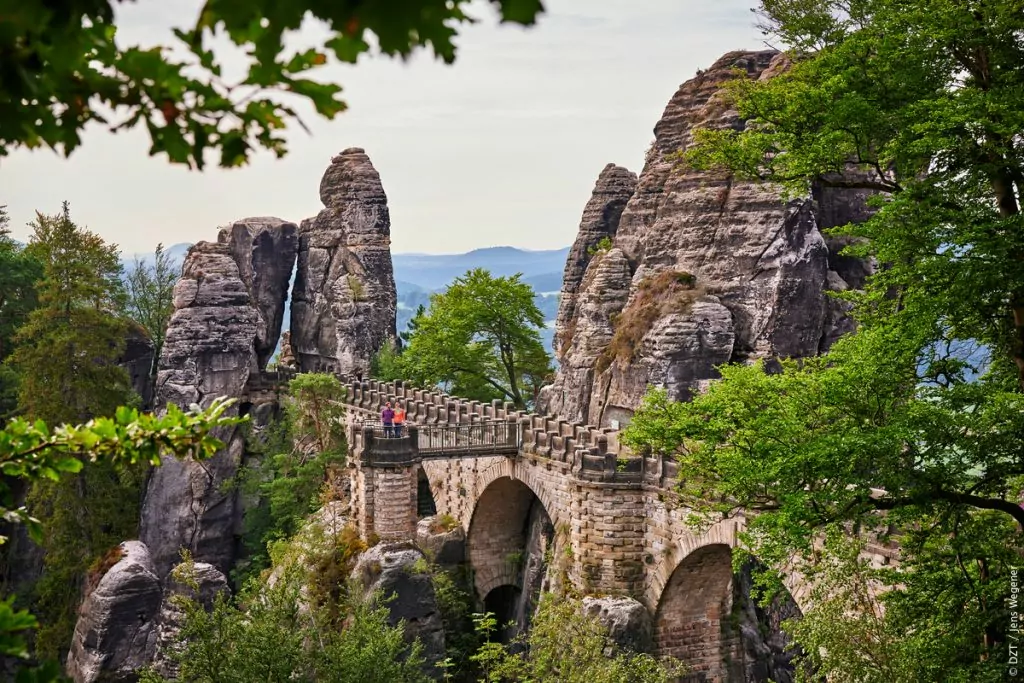
2. the dessert "Schweden Eisbecher" in Eastern Germany
Schweden Eisbecher (Sweden ice cream) is a dessert that used to be found in East Germany, and can still be served in the eastern parts of Germany. The dessert consists of vanilla ice cream, applesauce, liqueur and cream.
The name was coined in 1952, when Sweden beat the West German hockey team 7-3 at the Winter Olympics in Oslo. Walter Ulbricht, chairman of the East German State Council, was so delighted that he chose to call his favourite dessert 'Sweden ice cream'.
3rd "Schwedenfest" in Wismar
After the 30 Years War, Wismar was under Swedish rule until 1803 (de jure 1903). There are many Swedish connections in Wismar, such as the Gothic building 'Alter Schwede', the Old Swede - now a restaurant - built around 1380. Here you will also find the 'Schwedenkopf', Sweden's head, above the entrance door portal.
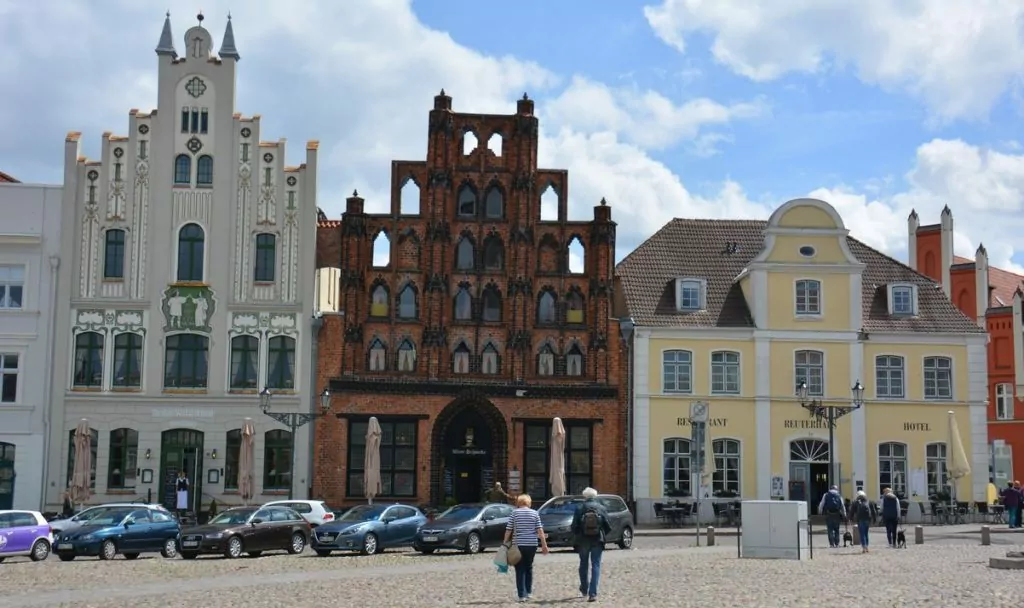
Every year in August, the historical memories of the city are celebrated with a resounding "Sweden Festival". The entire city is filled with carolines, horses and cannons, and a spectacle takes place in the city streets, along with Swedish flags and blue-yellow balloons.
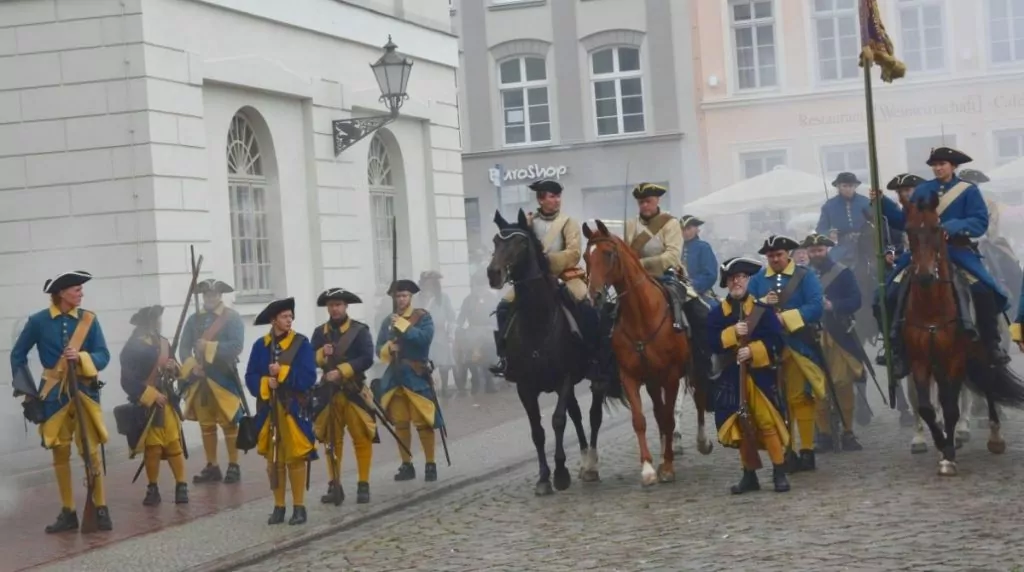
4. Svenskvägen "Schwedenstrasse"
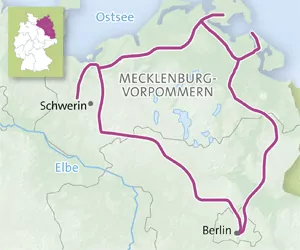
Do you want to discover all the places that were important in Germany during the Swedish period between 1630 and 1815? Then you can follow the 700 kilometre long Svenskvägen, which runs through the state of Mecklenburg-Vorpommern and parts of Brandenburg.
The route tells about important events such as the 30 Years War, the rise and fall of Sweden as a great power, the rise of Prussia and the Napoleonic War. You can see, for example, the baroque castle and garden of Griebenow in Pomerania, which is an example and symbol of the Swedish superpower.
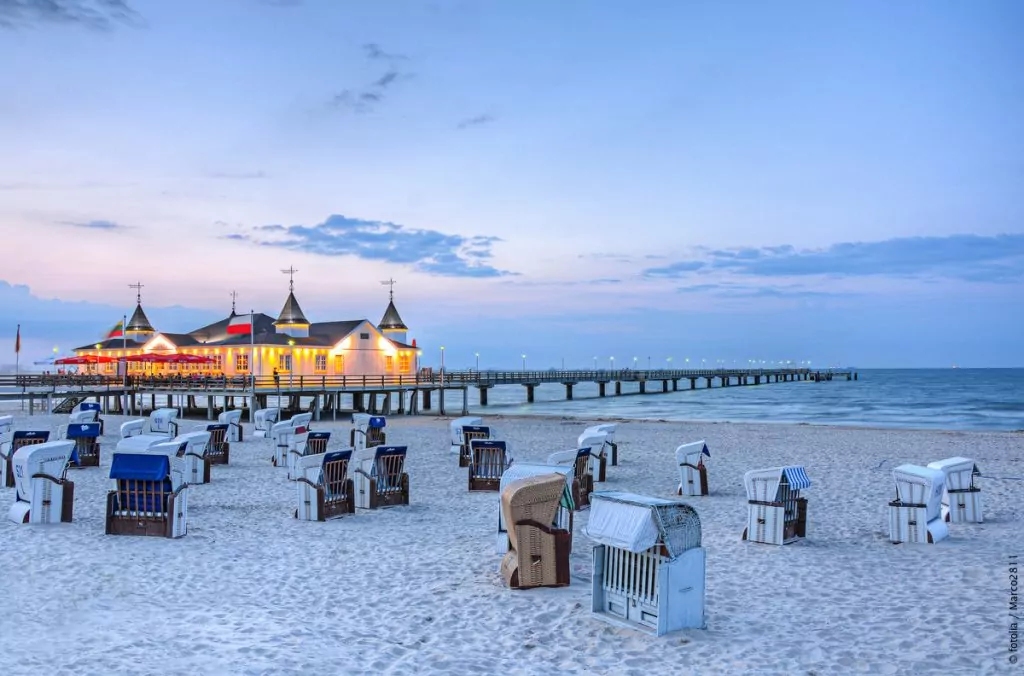
5. Queen Silvia's home town of Heidelberg
The Swedish royal family has been mixed with German royal blood for many centuries. Here are some examples:
- Maria Eleonora of Brandenburg (1599-1655, wife of King Gustav II Adolf and mother of Queen Christina.
- Hedvig Eleonora of Holstein-Gottorp (1636-1715), wife of Charles X Gustav and mother of Charles XI.
- Victoria of Baden (1862-1930) who was married to Gustav V and mother of Gustav VI Adolf.
Today we have our Queen Silvia Sommerlath (1943), who is married to our King Carl XVI Gustaf and mother of Crown Princess Victoria. Why not visit Silvia Sommerlath's home town of Heidelberg, where you can see the beautiful castle?
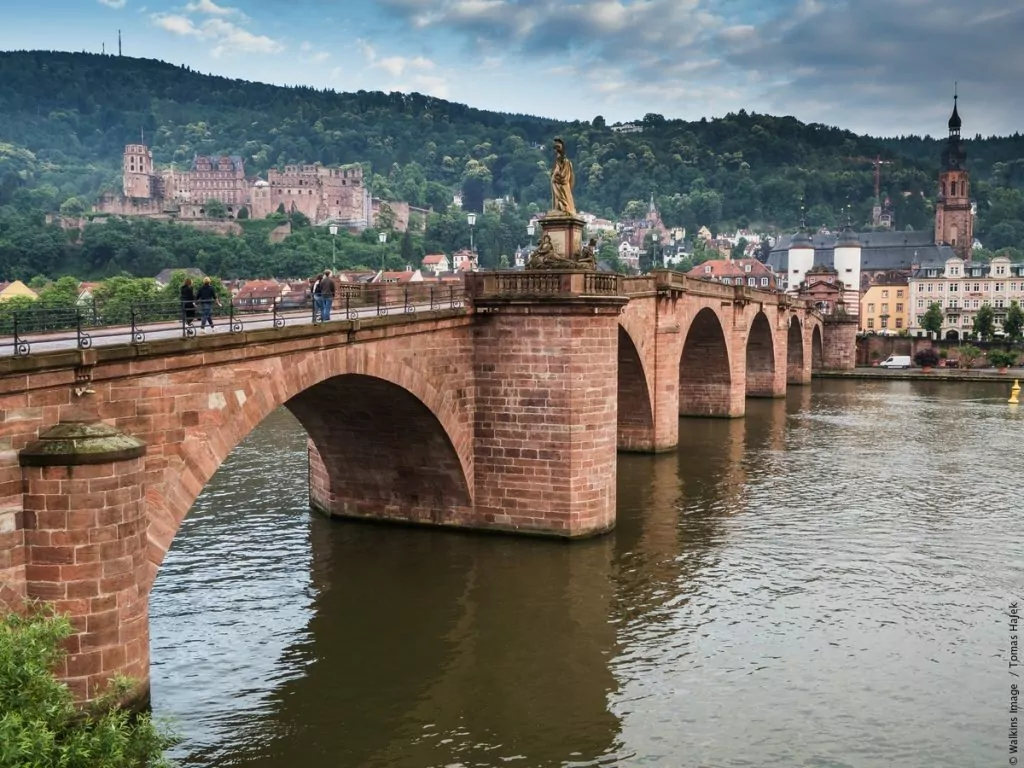
6. Swedish beverage stories in Bremen
During the 30 Years' War, when the Swedes under Gustav II Adolf were fighting in Germany, Bremen and other Hanseatic cities were neutral. The Swedes needed to negotiate and, fearing that his envoys would be drowned under the table, the king sent two to deal with the pressure: Captain Duglig and his cavalryman Balthasar Bottenlös.
The Swedish envoys all drank under the table, except one man called Walther. He drank twice as much as the Swedes, and eventually Captain Duglig fell asleep. Bottomless thought he saw a bluish mist rising from Walther's head and shouted "You are a black artist!". Walther showed a tap in his brain where the wine vapours were escaping. However, he was impressed by the horseman's ability to drink and offered him to stay as cellar master, which the horseman accepted.
Leave Sweden, where there is more water than wine. If you don't, tomorrow the whole town will know that the Swedish king sent a horseman as a printer.
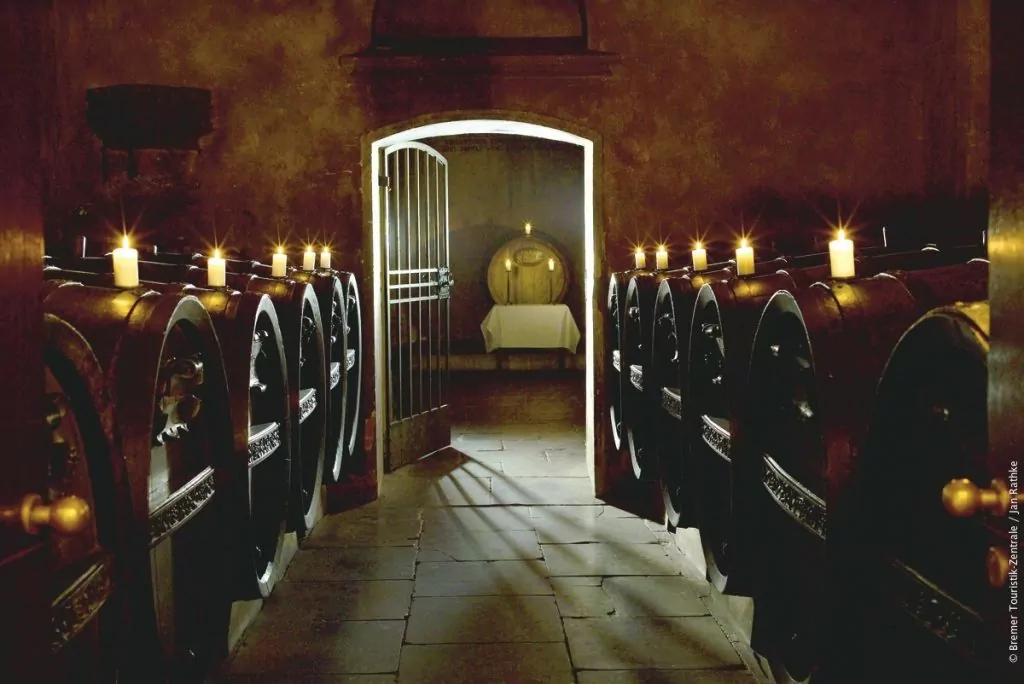
7. Torgau - where Swedes ate bears
Pray little child, pray, tomorrow the Swede will come, yes tomorrow he will come, Oxenstierna, and he will teach all children to pray, so pray little child, pray!
This warning song was sung to German children during the 30 Years' War, and indeed still is today. The man the children are warned about is Axel Oxenstierna, who took over the Swedish government after the death of Gustav II Adolf at the Battle of Lützen in 1632.
Germany was destroyed and looted for 30 years by the armies involved in the war. One example can be found in Torgau, where the Swedish army had its headquarters for six months. The inscription on the moat of Hartenfels Castle bears witness to this period. A total of 32-36 bears fed the Swedish army during this period.
During the Thirty Years' War, Swedes ate bears from the Torgau bear cave.
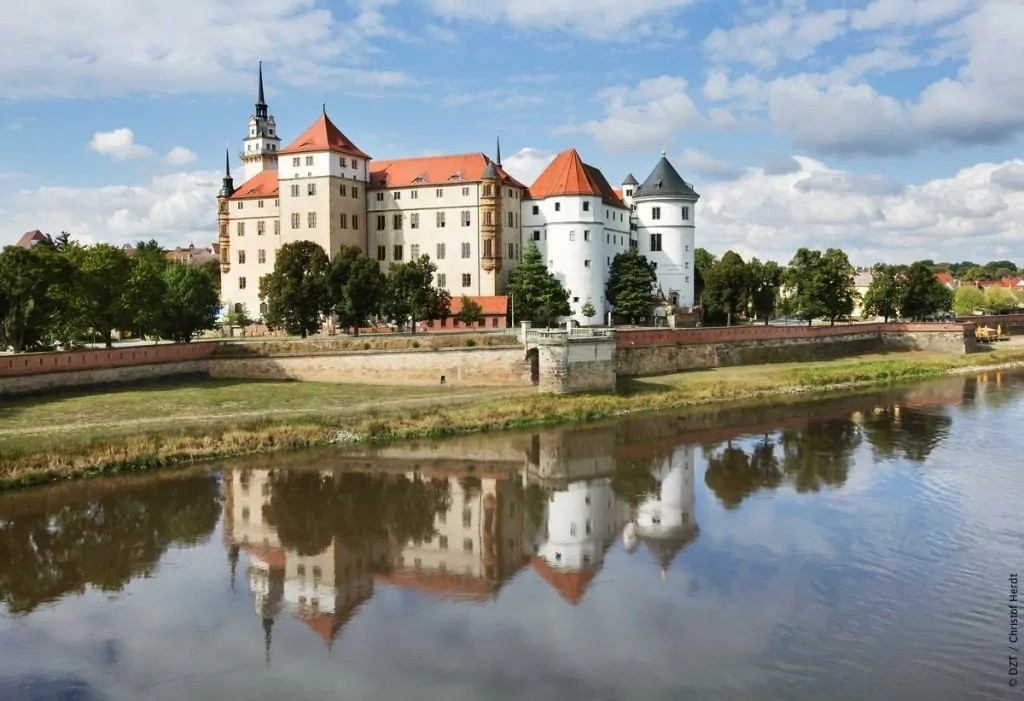
8. The Swedish Madonna in Überlingen
The town of Überlingen on Lake Constance was besieged by Swedish troops in 1632-1634 and the town was in dire straits. At the height of the hardship, St Mary appeared to some monks, boosting the morale of the inhabitants.
When the Swedish troops finally left, it was decided to hold an annual service and religious procession in honour of the Virgin Mary. The first procession was held in 1634 and is now organised twice a year. In 1659 the city commissioned a pure silver statue of Mary called 'die Schwedenmadonna', which since then can only be seen during the procession. During the rest of the year, the Madonna is kept in the treasury of the Münster Basilica.
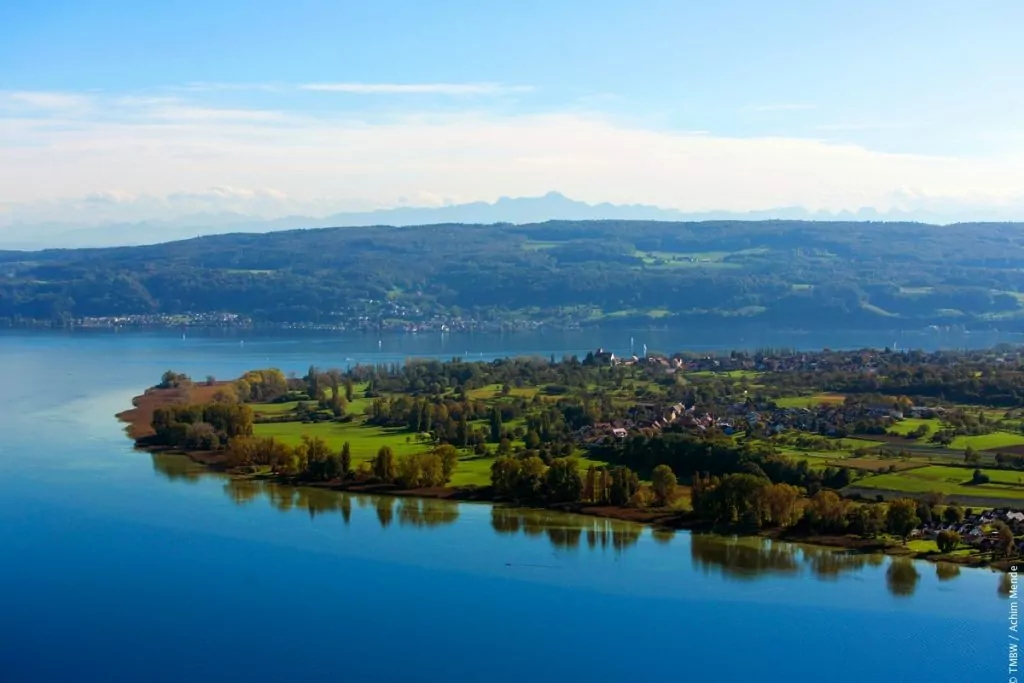
9. Schwedeneck - commemorating a Swedish-Danish naval battle
In 1715, Swedes and Danes clashed in a naval battle at Kolberger Heide on the eastern side of the Kiel Bay estuary. After this dramatic event, which took place almost 300 years ago, the area was named 'Schwedeneck'.
The area is located about two kilometres north of Kiel and today offers beautiful nature, idyllic beaches and great cycle paths. I Swedish corner you can holiday in hostels, holiday apartments and campsites.
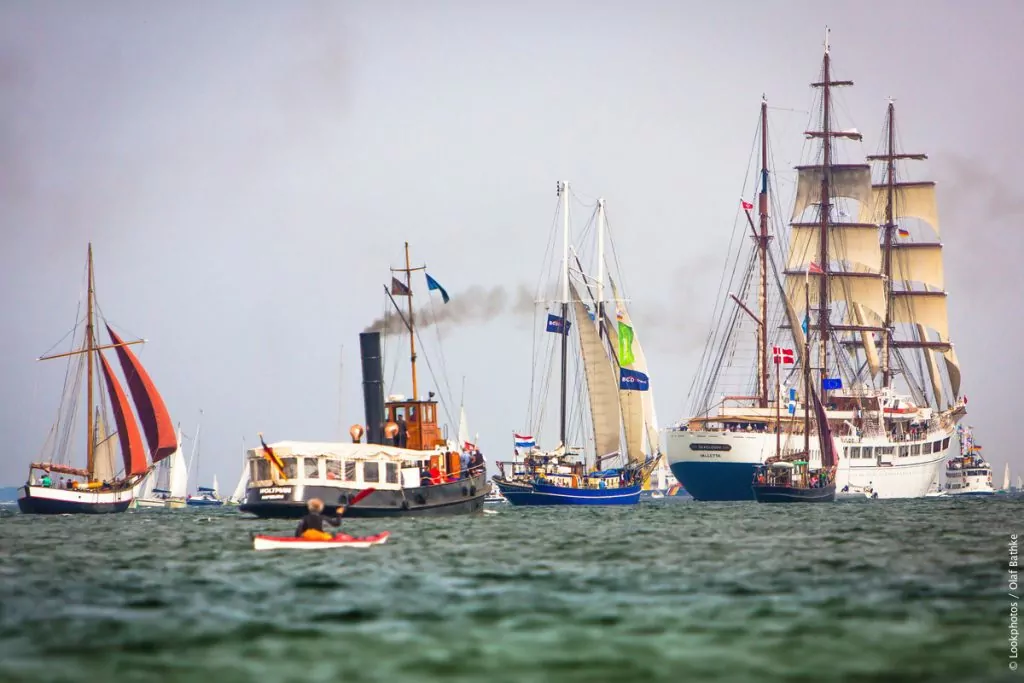
10. Würzburg - once a Swedish town in Bavaria
Conquered by Gustav II Adolf and his troops during the 30 Years' War, Würzburg was Swedish between 1631 and 1635. I Prince's Tree Museum there is an exhibition room dedicated to Gustav II Adolf with original objects from this period.
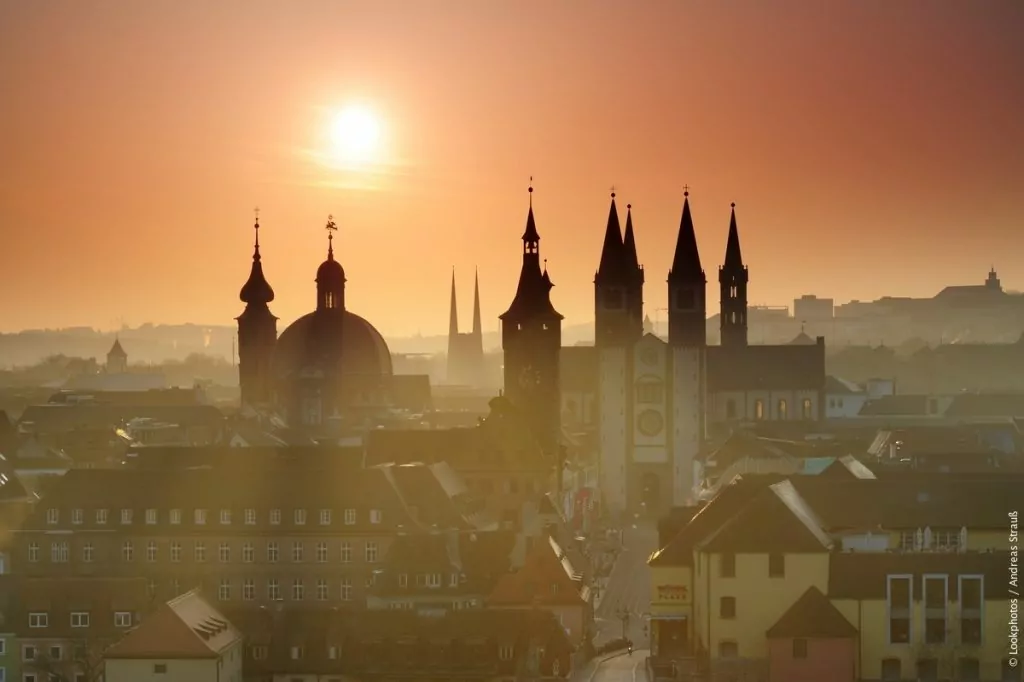
11. The University of Greifswald was once the oldest in Sweden.
The University of Greifswald was founded in 1456, 11 years before Sweden's oldest university in Uppsala. Greifswald was part of Sweden for 150 years, and between 1747 and 1750 the Swedish Crown commissioned the construction of the University's main building, under the direction of architect Andreas Mayer. In the main entrance, visitors are still greeted by a memorial stone that mentions the Swedish monarchs Frederick I and Adolf Fredrik and Count Axel Löwen, who served as the university's chancellor.
Greifswald is now a university town with around 10 000 students. You can study medicine here, but also, for example, humanities and languages. Among other things, you can of course study Swedish!
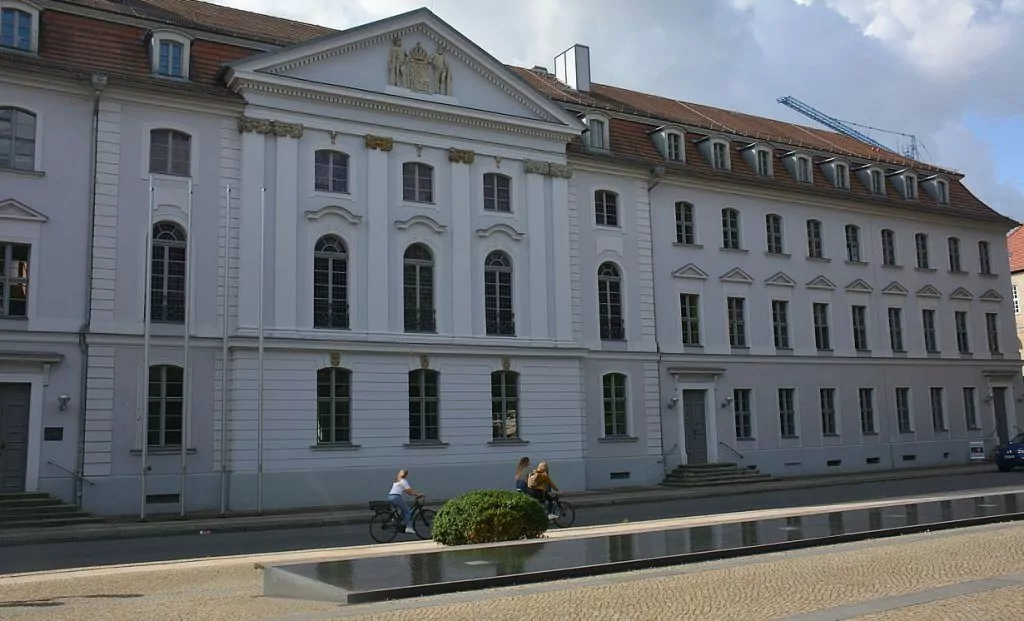
12. Lützen - the site of a Swedish-German battlefield
On a foggy morning on 6 November 1632, Swedish history was made in Germany. Outside the town of Lützen, a battle was fought between the imperial Catholic troops and the Swedish Protestant army led by King Gustav II Adolf. During this terrible bloodbath, thousands of soldiers died. The Swedes won the battle, but lost their king, who died in the Battle of Lützen.
The memory of Gustav II Adolf has been kept alive since the battle. In 1803 'G A 1632' was inscribed on the black memorial stone 'Schwedenstein'. In the 20th century, a memorial chapel was also built and a statue of the king on his rearing horse was erected. Two Swedish wooden houses from Dalarna complement the memorials, one of which houses a small museum.
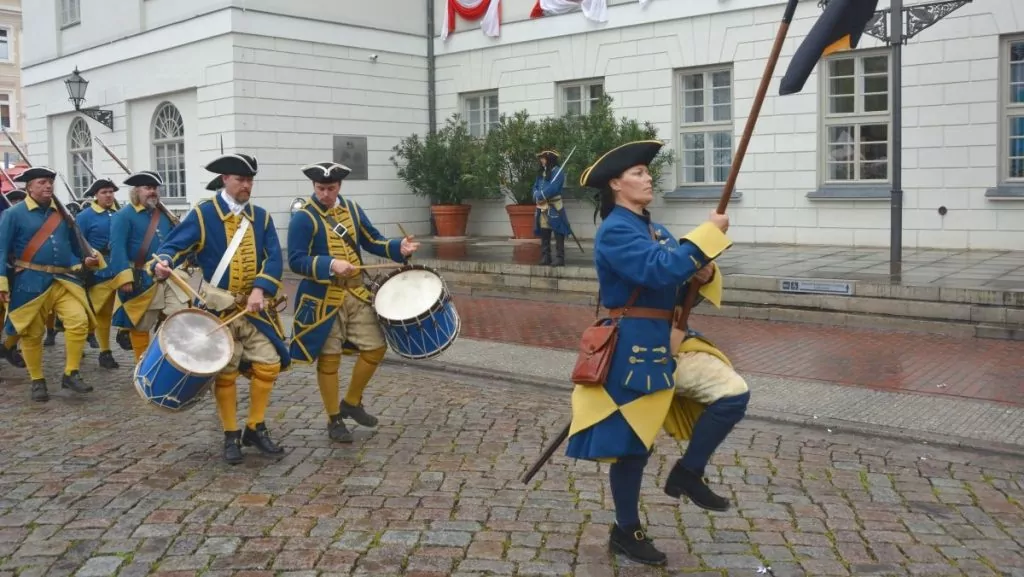
More about Sweden in Germany
Do you have any tips on places or traditions in Germany that are related to Sweden? Please let us know!
Hofgarten Eremitage in Bayreuth - amazing park in Bavaria
The Hofgarten Eremitage in Bayreuth is a large and incredibly beautiful park filled with castles, fountains,...
Medieval and Christmas spirit in Nuremberg
We've been treated to both medieval and Christmas spirit in Nuremberg, this German city has...
Things to do in Miltenberg - 11 tips for a gem on the river Main
What to do in Miltenberg, Germany? This city is beautifully situated on the River Main...
Trier in the Moselle Valley - Germany's oldest city
Trier is Germany's oldest city, located in the Moselle Valley (Rhineland-Palatinate), near the border with Luxembourg. This...
Miniatur Wunderland - the largest model railway in the world
Miniatur Wunderland in Hamburg showcases the world's largest model railway. Prepare yourself for floor after floor of...
Festivals in Germany - now the festival season begins
Curious about festivals in Germany? Germany is the land of festivals, and at this time of year,...
Burg Hohenzollern in Germany - on top of a mountain
Hohenzollern Castle in Germany is located high up on a mountain, and you have to go through...
Wörlitzer Park in Germany - Dessau-Wörlitz Garden Kingdom
Wörlitzer Park is part of the Dessau-Wörlitz Garden Kingdom, which has been designated a UNESCO World Heritage Site due to...
Things to do in Dessau - 14 tips for the Bauhaus city
What to do in Dessau, Germany? Dessau is best known for the Bauhaus (and...
Ostsee camping in northern Germany - and party with the gang
We have, together with eleven other motorhomes, spent three nights at the Ostsee camping in Zierow outside...
Neuzelle Abbey in eastern Germany - stunning baroque architecture
We have now visited the monastery of Neuzelle in eastern Germany. You don't have to be interested in churches...
Things to do in Hamburg - 23 sights and experiences
What to do in Hamburg? This northern German city offers harbour life, boat trips, culture and the world's...
The boat lift in Niederfinow - with a lifting height of 36 metres
The boat lift in Niederfinow in the German Oder-Havel Canal is a fascinating piece of lifting equipment, which lifts boats as much as 36...
What to do in Hannover - 15 sights and experiences
What to do in Hannover? We visited the capital city of the German state of Lower Saxony because we...
Sanspareil rock garden and Zwernitz castle in Bavaria
Sanspareil Stone Garden is a stunning 18th-century landscape garden, found just outside Bayreuth in Germany.
The Roman Empire in Germany - 6 sites from the Roman period
The Roman Empire in Germany? Yes, indeed! Ancient Rome was a powerful empire that originated in Rome, but...
Steinau an der Strasse - with the Brothers Grimm house
Steinau an der Strasse is a small German town that is best known for its...
Ingolstadt, Germany - a visit to a Swedish blogger
Ingolstadt is a city in the state of Bavaria in Germany. We travelled here to meet Linnea,...
Things to do in Bayreuth, Bavaria - our top 11 tips
What to see and do in Bayreuth, Bavaria? This beautiful and special German city...
Things to do in Baden-Baden - 16 tips for an ancient German spa town
What to do in Baden-Baden, Germany? This town is an ancient and beautiful spa...
Restaurants in Hamburg - our top 7 tips
Restaurants in Hamburg we can tell you about today! During our visit to Hamburg we had time to eat ...
Carnival in Germany - a colourful celebration
Guided Beatles tour in Hamburg - join us at the Reeperbahn
We have done a guided Beatles tour in Hamburg, and we highly recommend it. Very interesting...
Which ferries run from Sweden to Germany? - 5 options
Which ferries go from Sweden to Germany? We have travelled many times from Sweden to Germany...
Green Citadel in Magdeburg - playful and green living
The Green Citadel in Magdeburg is a residential building, but also a spectacular and amazing sight. This house...
North Sea coast in Germany - Husum and Sankt Peter-Ording
Our last stops during this summer's long motorhome trip were Husum and Sankt Peter-Ording on the North Sea coast of Germany....
Finnlines Malmö - Travemünde - en route to Hamburg
To get to Germany and Hamburg we took Finnlines Malmö - Travemünde. This route suited...
Autobahn through Germany - and two nights of camping
Now we are in Germany! We haven't written for a few days, because we haven't...
Festung Königstein - mighty fortress in Germany
Festung Königstein in Germany is Europe's largest existing mountain fortress, rising mightily above the River Elbe....
By ferry to Germany - at the coast
Yesterday morning we left Trelleborg and Sweden and rolled aboard a ferry to Germany, more...
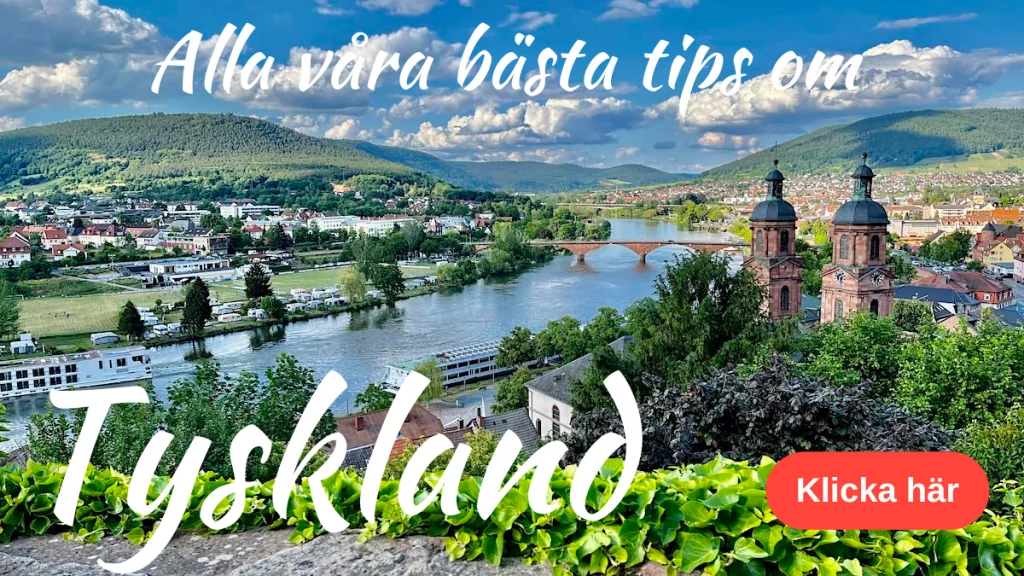

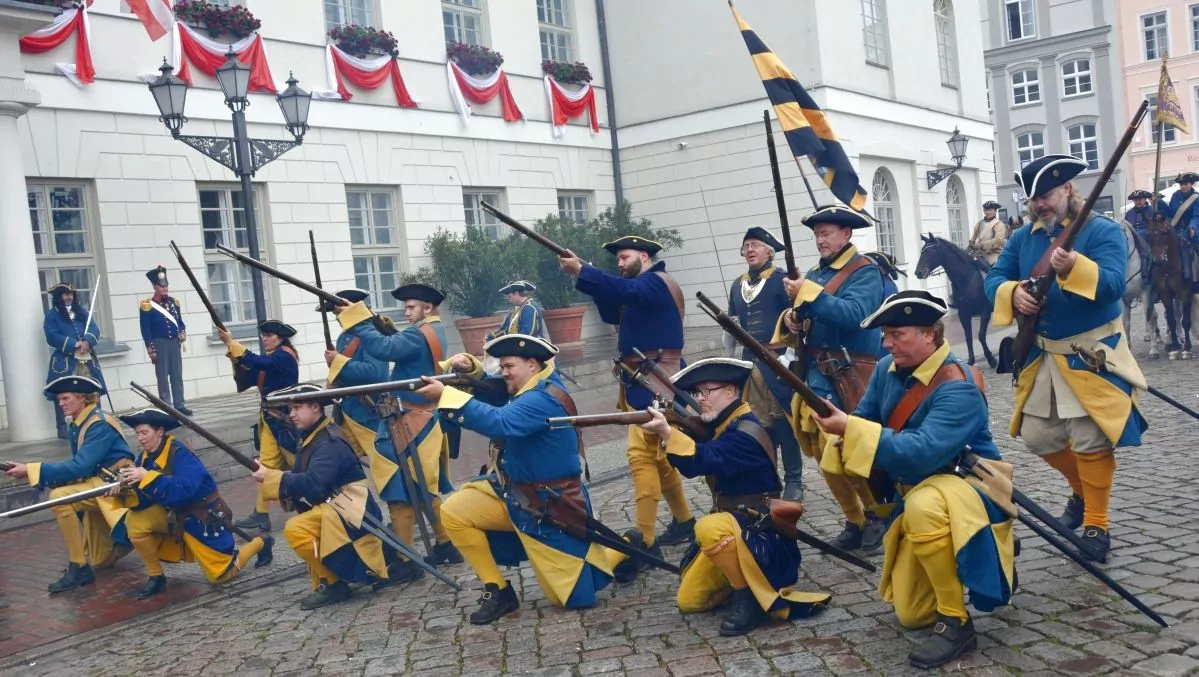









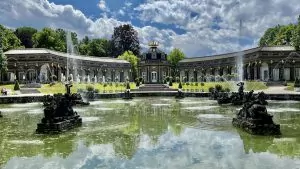
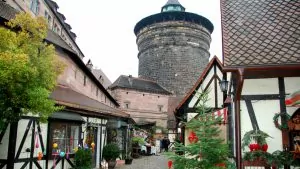
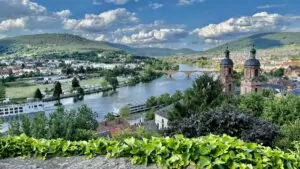
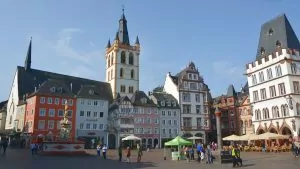
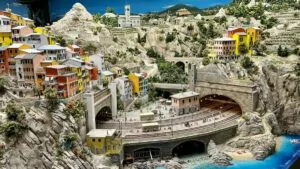
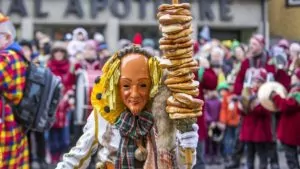
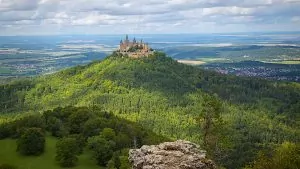
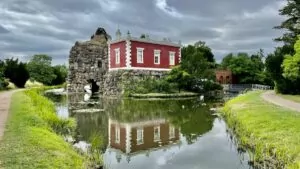
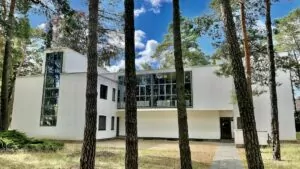
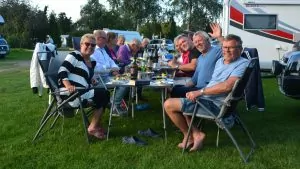
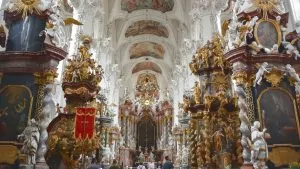
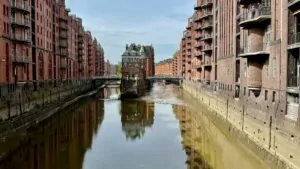

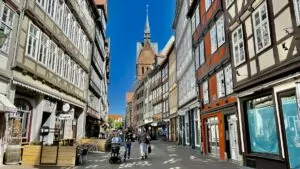

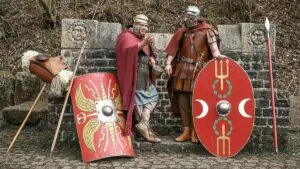
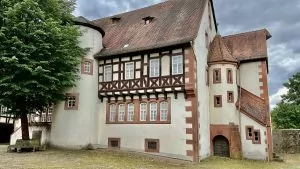
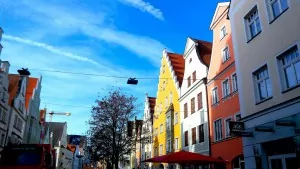
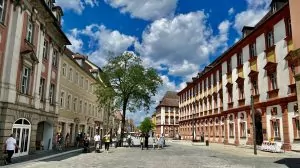
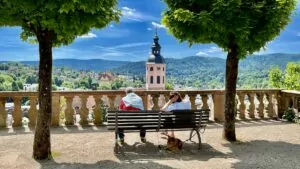

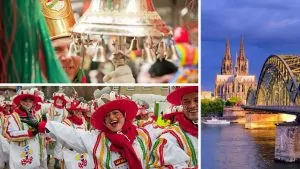
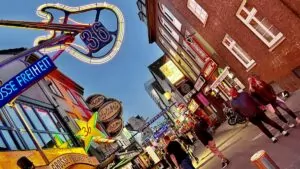

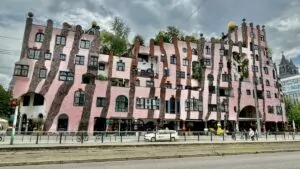
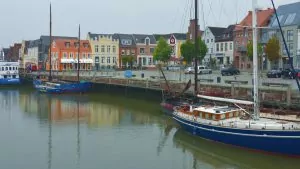

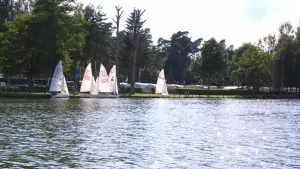
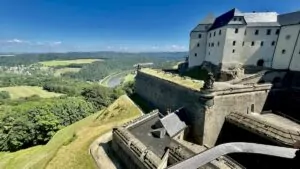

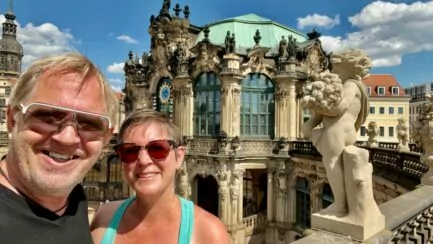
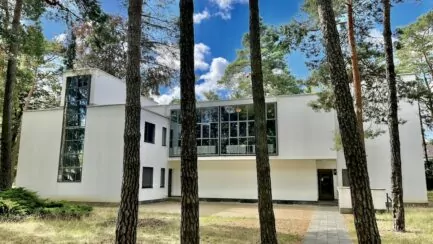
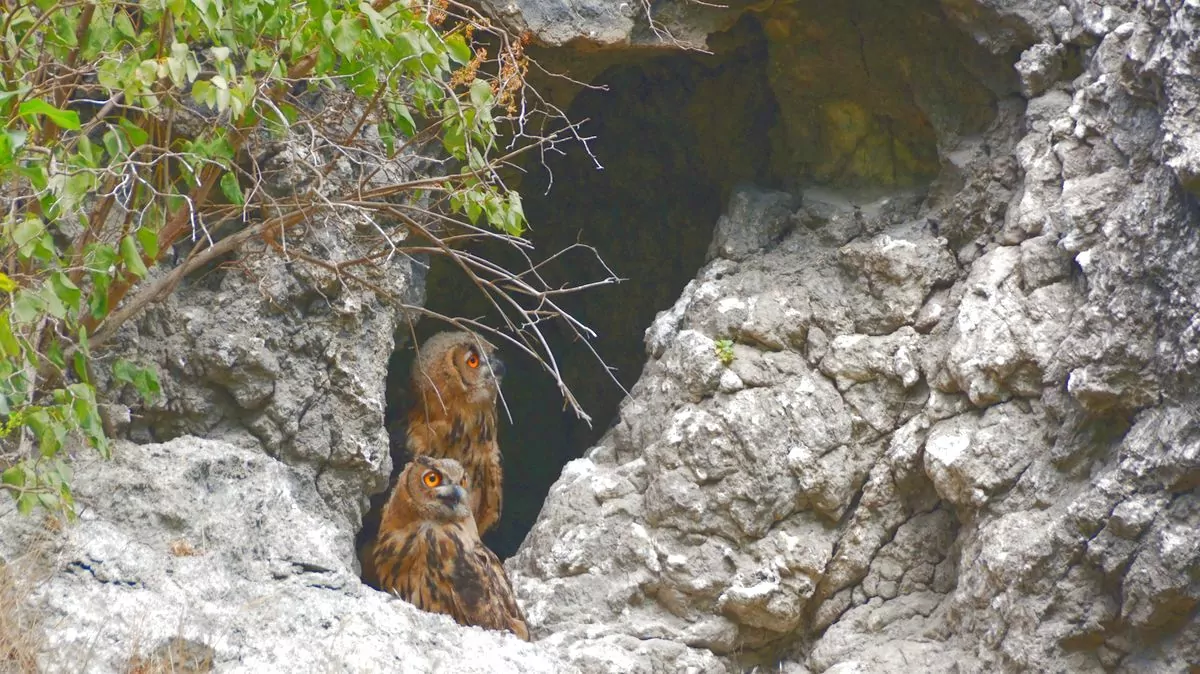
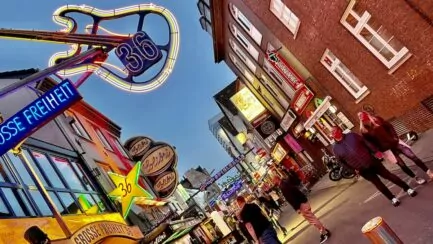
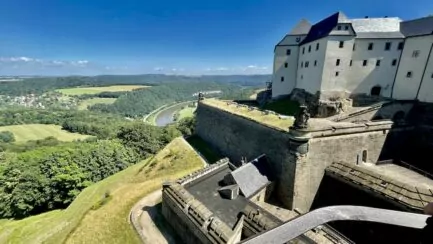
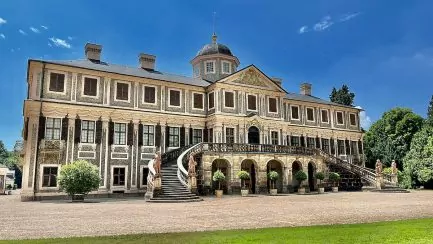



BP says:
It was really an interesting post with a lot that I had no idea about. History wasn't my strong point in high school, so to speak, I actually didn't know that Sweden was so "strong" compared to Germany, which had significantly more inhabitants - I guess anyway;-)
19 December 2019 - 20:41
Helena says:
When we travelled this summer, we noticed how Sweden has affected many places, including Estonia. Very interesting!
20 December 2019 - 16:38
Lena - gott för själen says:
Oh my goodness! Of course I knew that we had many connections to Germany, but so many! And since two years back, I have also been mixed with German blood 🙂 🙂 .
Hug Lena
26 December 2019 - 8:46
Helena says:
I wasn't aware of this before either, but when we travelled along the German coast this summer it became clear. How interesting! And you're really "mixed up" now 🙂.
06 January 2020 - 18:51
Sven Johansson says:
Hi, I'm sorry to hear that. Those were nice pictures and interesting tips on places to visit in Germany, but I noticed a rather obvious factual error. Greifswald University is listed as Sweden's first, but both Uppsala and Lund Universities are older. Uppsala's is from the 15th century, right?
07 September 2020 - 7:10
Helena says:
Hi Sven! Thanks for your comment and it's great that you remind us of this! We have had the discussion once before and realised that our wording was not good, and then I forgot to correct it. Now I'll get on it right away and change it! The University of Greifswald is older than Uppsala (originally from 1456) and was Swedish for a period of time (and at that time it was Sweden's oldest university), but I agree that it is not correct as written. Have changed now!
07 September 2020 - 7:40